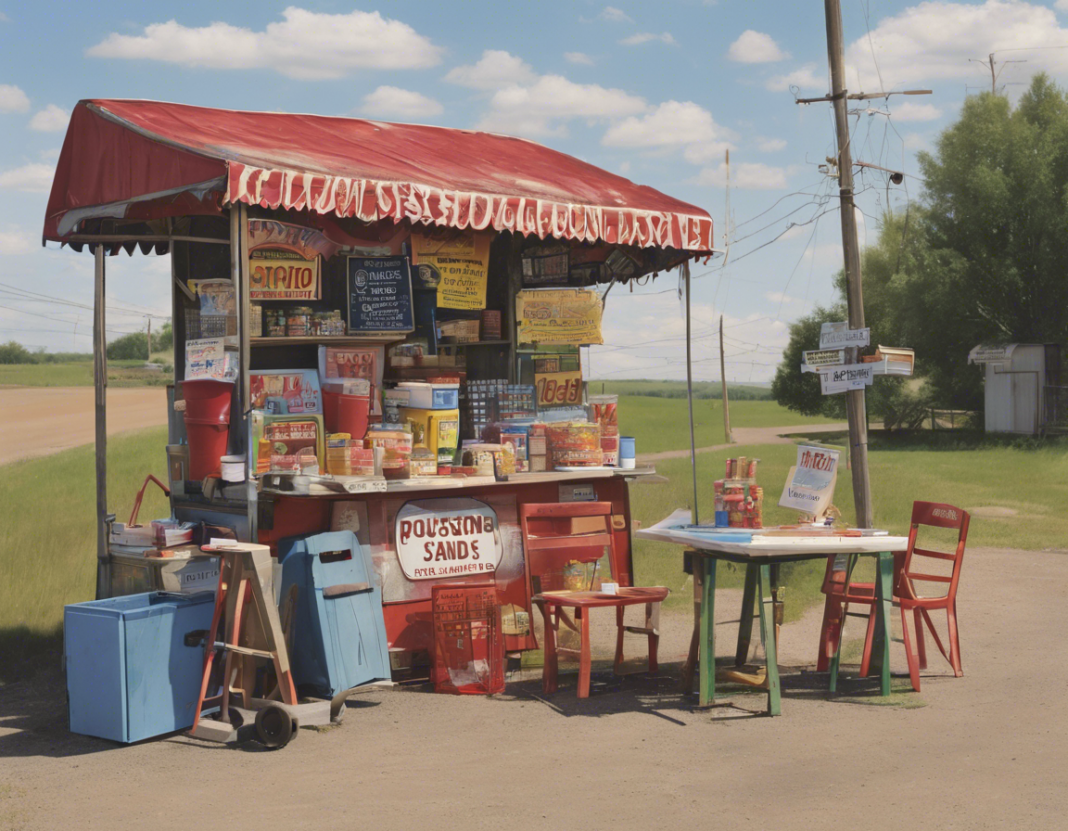Introduction
Roadside stands have become increasingly popular among farmers, artisans, and small business owners as a way to connect with consumers and sell their products directly to the community. These stands offer fresh produce, handmade goods, and unique products in a convenient and accessible location. If you are considering setting up a roadside stand or if you are a consumer interested in supporting local businesses, this comprehensive guide will provide you with everything you need to know about roadside stands.
What is a Roadside Stand?
A roadside stand is a small, temporary retail location typically set up along a road or highway to sell products directly to consumers. These stands are often operated by farmers, artisans, or small businesses looking to reach a larger audience and sell their goods without the need for a permanent storefront.
Benefits of Setting Up a Roadside Stand
- Direct Interaction with Customers: Roadside stands allow vendors to interact directly with customers, providing a personal touch to the shopping experience.
- Support Local Businesses: Consumers can support local farmers and businesses by purchasing products directly from roadside stands, helping to boost the local economy.
- Fresh and Local Products: Roadside stands often sell fresh produce and handmade goods, allowing consumers to buy high-quality products directly from the source.
- Low Overhead Costs: Setting up a roadside stand is more cost-effective than renting a storefront, making it an attractive option for small businesses and farmers.
How to Set Up a Successful Roadside Stand
- Choose the Right Location: Select a location with high visibility and ample parking to attract more customers.
- Display Products Prominently: Showcase your products in an eye-catching display to attract the attention of passing motorists.
- Promote Your Stand: Use signage, social media, and word-of-mouth to promote your roadside stand and attract more customers.
- Provide Excellent Customer Service: Offer friendly and helpful customer service to create a positive shopping experience for customers.
- Maintain Cleanliness: Keep your stand clean and organized to create a professional and inviting atmosphere for customers.
Types of Products Sold at Roadside Stands
- Fresh Produce: Fruits, vegetables, and herbs grown locally by farmers.
- Handmade Goods: Artisanal products such as crafts, jewelry, and baked goods.
- Plants and Flowers: Potted plants, flowers, and gardening supplies.
- Farm Products: Eggs, dairy products, honey, and meat from local farms.
- Unique Items: Antiques, collectibles, and one-of-a-kind items sold by local artists and vendors.
Regulations and Permits for Roadside Stands
- Local Zoning Laws: Check with your local government to ensure that roadside stands are allowed in your area and comply with zoning regulations.
- Permits and Licenses: Obtain any necessary permits or licenses required to operate a roadside stand, including health permits for food vendors.
- Insurance: Consider purchasing liability insurance to protect your business in case of accidents or injuries on your property.
- Tax Obligations: Keep accurate records of sales and pay any applicable sales tax on your products.
Tips for Attracting Customers to Your Roadside Stand
- Offer Samples: Allow customers to sample your products to entice them to make a purchase.
- Create Eye-Catching Displays: Use colorful signs, decorations, and lighting to attract the attention of passersby.
- Host Events: Organize special events such as tastings, workshops, or live music to draw in more customers.
- Collaborate with Other Businesses: Partner with other local businesses to cross-promote each other’s products and attract a larger customer base.
- Use Social Media: Utilize social media platforms to promote your roadside stand and engage with customers online.
FAQs (Frequently Asked Questions)
1. Are roadside stands only for farmers?
Roadside stands are not limited to farmers. They can be set up by artisans, small businesses, and even individuals selling handmade goods or unique products.
2. Do I need a permit to set up a roadside stand?
The requirements for permits vary depending on your location and the type of products you are selling. It is advisable to check with your local government to determine if permits are needed.
3. Can I sell food at a roadside stand?
Yes, you can sell food at a roadside stand, but you may need to obtain a health permit to ensure that you comply with food safety regulations.
4. How can I attract more customers to my roadside stand?
You can attract more customers by offering samples, creating attractive displays, hosting events, collaborating with other businesses, and promoting your stand on social media.
5. What should I consider when choosing a location for my roadside stand?
When selecting a location for your roadside stand, consider factors such as visibility, accessibility, parking, and foot traffic to attract more customers and increase sales.
In conclusion, roadside stands offer a unique opportunity for small businesses, artisans, and farmers to sell their products directly to consumers in a convenient and engaging way. By following the tips and guidelines outlined in this comprehensive guide, you can set up a successful roadside stand and attract more customers to support your business. Whether you are looking to start your own roadside stand or simply want to shop local and buy fresh products, roadside stands offer a fun and rewarding shopping experience for everyone involved.






